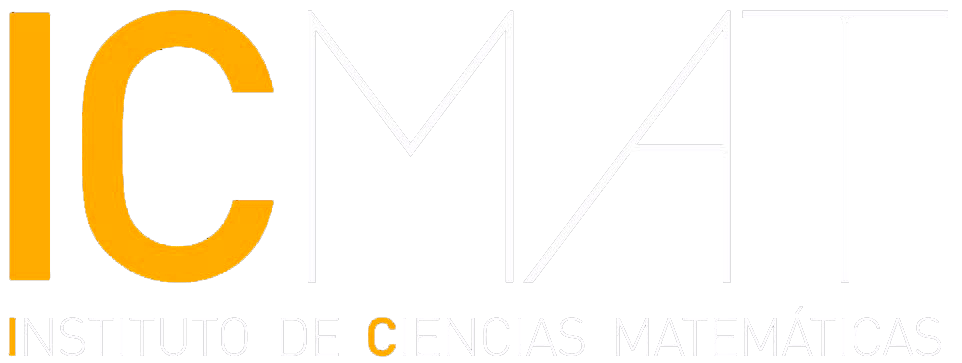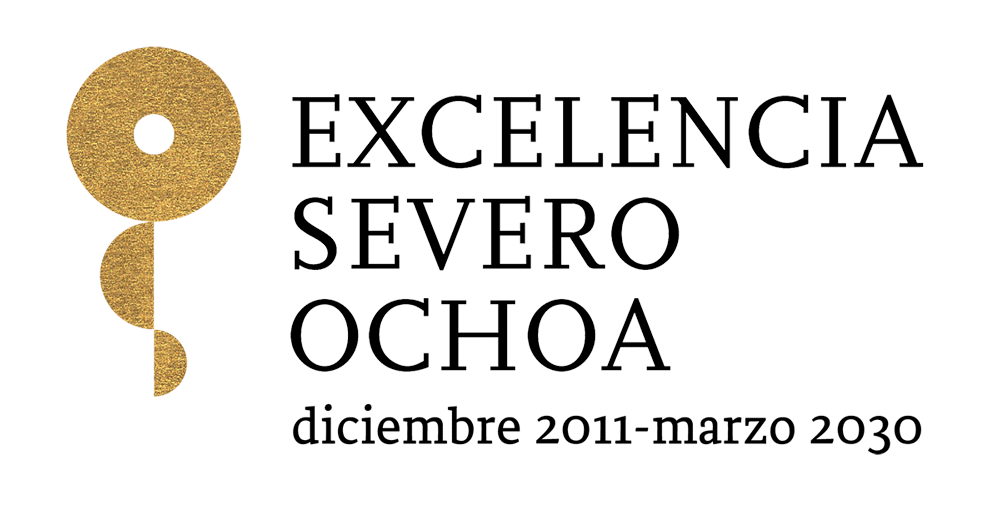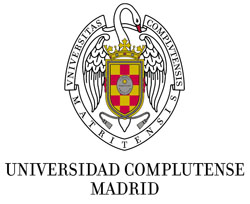Speakers
Invited Speakers
- Santiago Capriotti (Universidad Nacional del Sur)
Title: Hamilton equations for general variational problems
Abstract: Hamilton equations of motion are powerful tools for the quantization of a system, and for the development of numerical schemes to study its solutions. Nevertheless, the usual approach to Hamilton equations for field theories requires the existence of some special geometric structures associated to jet bundles. From this perspective, it is not clear how to find a description of this type for a field theory described by a variational problem not living in a bundle with these features. The purpose of this talk is to present some advances made in the search of a formulation for Hamilton equations for variational problems of more general nature. - Katarzyna Grabowska (University of Warsaw)
Title: Geometric structures of Lagrangian and Hamiltonian field theory
Abstract: Variational calculus is widely recognized as the conceptual foundation for various physical theories, ranging from statics to field theory. In mechanics, however, alternative methods for deriving both phase equations and equations of motion have been developed. These methods have led to the emergence of a discipline known as Geometric Mechanics, which intersects both differential geometry and theoretical physics. A similar transition from variational to geometric methods is observed in field theory. In my talk, I will examine the geometric structures utilized in the Lagrangian and Hamiltonian formulations of classical field theory, focusing on the field-theoretical Tulczyjew triple. - Frédéric Hélein (FR de Mathématiques et Institut de Mathématiques de Jussieu - Paris Rive Gauche)
Title: Kaluza-Klein theories without a priori fibration hypotheses
Abstract: I will present a Lagrangian action on fields, the critical points of which lead to solutions of the Einstein-Yang-Mills equations, in the spirit of Kaluza-Klein theories. The novelty is that the a priori fiber bundle structure hypothesis is not required: fields are defined on a "space-time" $Y$ of dimension $4+r$ without any a priori principal bundle structure, where $r$ is the dimension of the structure group. If the latter group is compact and simply connected, to each solution of the Euler-Lagrange equations it corresponds a 4-dimensional pseudo-Riemannian manifold $X$ (which can be interpreted as our usual space-time) in such a way that $Y$ acquires a principal bundle structure over $X$ equipped with a connection. Moreover the metric on $X$ and the connection on $Y$ are solutions of the Einstein-Yang-Mills system. If the structure group is $U(1)$ (the case which corresponds to the Einstein-Maxwell system) the situation is slightly degenerated and supplementary hypotheses are necessary. - Alberto Ibort (UC3M)
Title: On the notion of ‘field’ in classical and quantum field theories
Abstract: The challenges posed by the development of field theories forces us to question their most basic and foundational ideas. For instance the role and origin of space-time, the meaning of physical states and their mathematical formulation, etc. Among them the notion of ‘field’ itself is notoriously difficult to sustain in terms of more primitive notions. This talk will be devoted to analyse such notion from the perspective offered by the groupoidal/categorial description of quantum mechanics. Then, a natural interpretation of the notion of fields as functors among appropriate groupoids will emerge. The domain of a field being a kinematical groupoid describing ‘test particles’ and codomain a groupoid describing the intrinsic nature of the system being probed. Such space of functors carries some natural (higher) geometrical structures which are best described in a categorical language. A few illustrative examples will be presented that could help to clarify the abstract notions used in the presentation. - Melvin Leok (University of California San Diego, USA)
Title: Variational Structures in Cochain Projection Based Variational Discretizations of Lagrangian PDEs
Abstract: Compatible discretizations, such as finite element exterior calculus, provide a discretization framework that respect the cohomological structure of the de Rham complex, which can be used to systematically construct stable mixed finite element methods. Multisymplectic variational integrators are a class of geometric numerical integrators for Lagrangian and Hamiltonian field theories, and they yield methods that preserve the multisymplectic structure and momentum-conservation properties of the continuous system. In this paper, we investigate the synthesis of these two approaches, by constructing discretization of the variational principle for Lagrangian field theories utilizing structure-preserving finite element projections. In our investigation, compatible discretization by cochain projections plays a pivotal role in the preservation of the variational structure at the discrete level, allowing the discrete variational structure to essentially be the restriction of the continuum variational structure to a finite-dimensional subspace. The preservation of the variational structure at the discrete level will allow us to construct a discrete Cartan form, which encodes the variational structure of the discrete theory, and subsequently, we utilize the discrete Cartan form to naturally state discrete analogues of Noether's theorem and multisymplecticity, which generalize those introduced in the discrete Lagrangian variational framework by Marsden, Patrick, Shkoller 1998. We will study both covariant spacetime discretization and canonical spatial semi-discretization, and subsequently relate the two in the case of spacetime tensor product finite element spaces. This is joint with with Brian Tran. - Manuel de León (ICMAT)
Title: Multsymplectic field theory revisited
Abstract: In this talk we review the geometry of multisymplectic and multicontact structures. This talk is part of an ambitious programme to review the extent to which applications of symplectic geometry and lagrangian and hamiltonian mechanics can be directly extended to the case of classical field theories without introducing additional structures. - Juan Carlos Marrero (Universidad de La Laguna)
Title: A new canonical affine bracket formulation of Hamiltonian classical field theories of first order
Abstract: It has been a long standing question how to extend, in the finite-dimensional setting, the canonical Poisson bracket formulation from classical mechanics to classical field theories, in a completely general, intrinsic, and canonical way. In this talk, I will provide an answer to this question by presenting a new completely canonical bracket formulation of Hamiltonian Classical Field Theories of first order on an arbitrary configuration bundle. It is obtained via the construction of the appropriate field-theoretic analogues of the Hamiltonian vector field and of the space of observables, via the introduction of a suitable canonical Lie algebra structure on the space of currents (the observables in field theories). This Lie algebra structure is shown to have a representation on the affine space of Hamiltonian sections, which yields an affine analogue to the Jacobi identity for our bracket. The construction is analogous to the canonical Poisson formulation of Hamiltonian systems although the nature of our formulation is linear-affine and not bilinear as the standard Poisson bracket. This is consistent with the fact that the space of currents and Hamiltonian sections are respectively, linear and affine. I will illustrate the construction with some examples including Yang-Mills theory. The results presented in this talk are contained in a paper in collaboration with F. Gay-Balmaz and N. Martínez. - Christian Offen (University of Paderborn, Germany)
Title: Machine learning of variational principles from data
Abstract: TBA.




